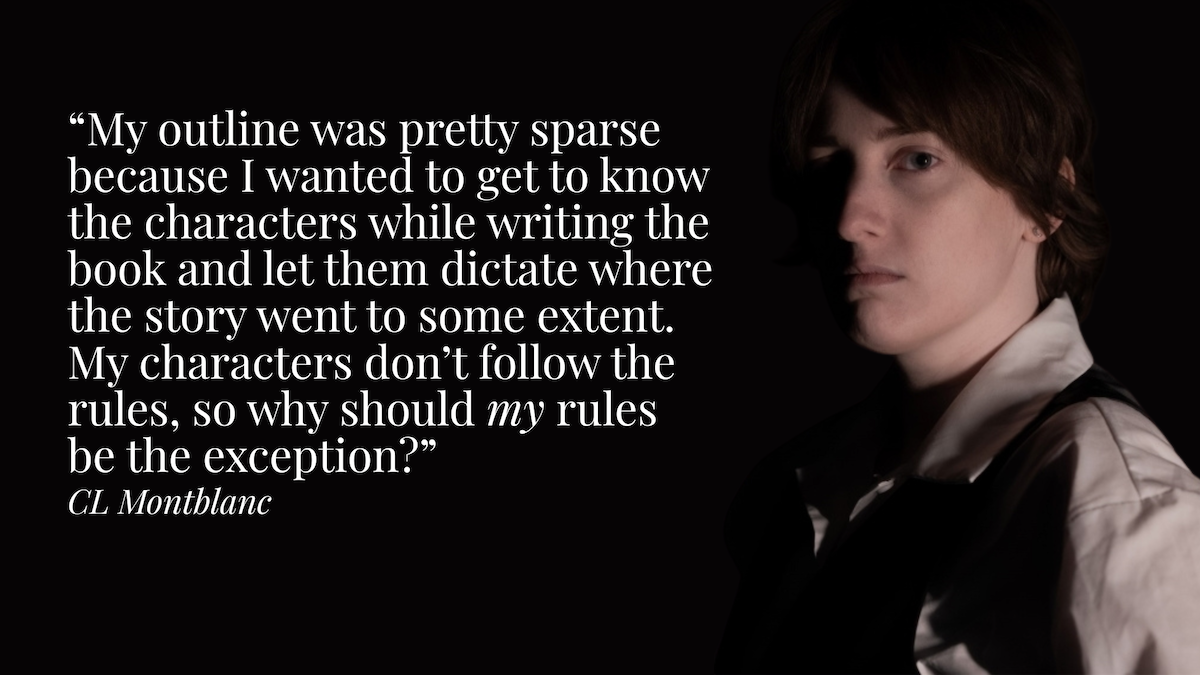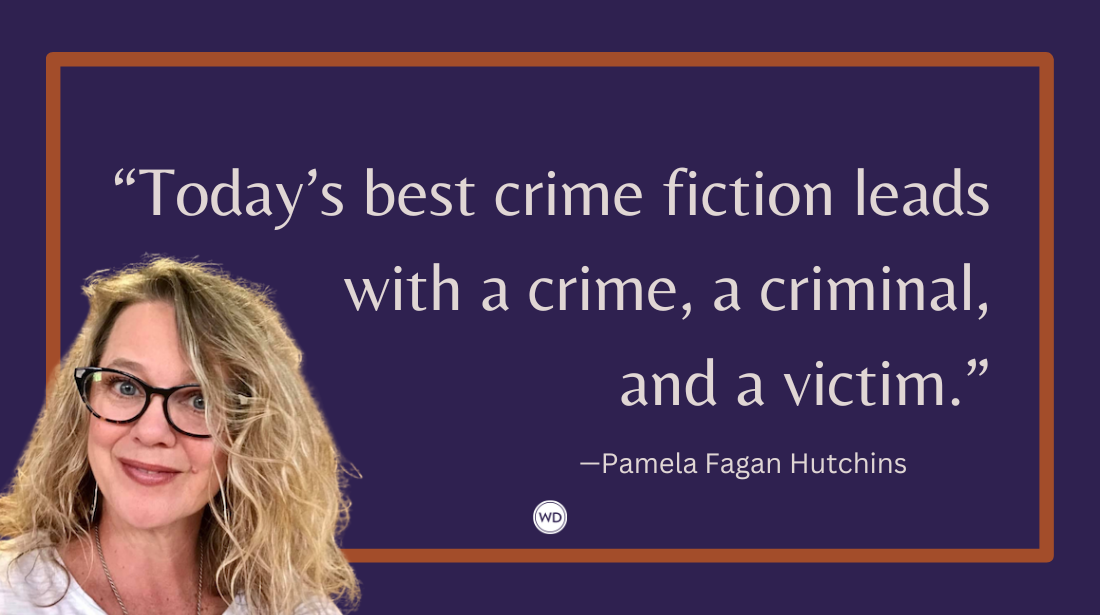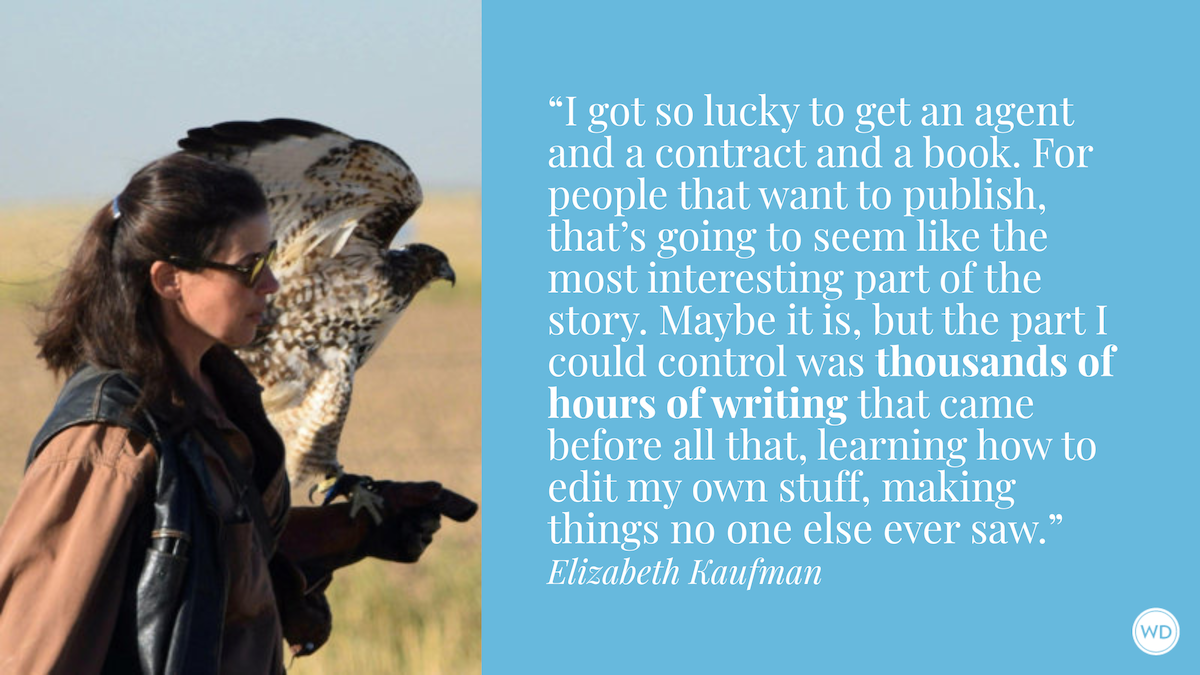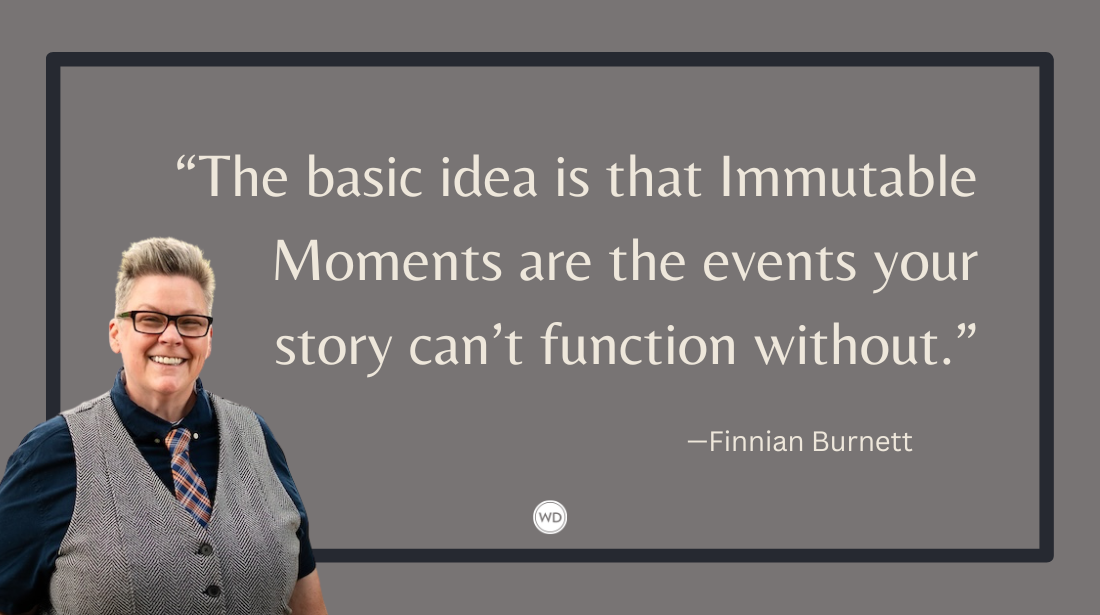Tips for Handling Pacing in a Thriller Novel
Pacing can make or break a thriller novel, but how do you know if you’re moving too quickly or too slowly? Here, author James Byrne shares tips for handling pacing in a thriller novel.
I’ve been asked to write a feature on tips for handling pacing in a thriller novel, and I’m all over it. Excited to do so. With one minor caveat: I have no idea how to define pacing in a thriller novel.
Not a clue.
I’ve read a million well-paced books and a million poorly paced books. But can I tell you the former employs A, B, and C, while the latter omits X, Y, and Z? I cannot.
I’ve been told by readers and editors that my books have solid pacing. I’m honored. But when it comes to telling others how to do the same …?
I know what pacing is not. It’s not cookie-cutter. Margaret Maron wrote two amazing mystery series. In the Sigrid Harald books, the New York City-based homicides take place on or before page one. In the Deborah Knott series, the languid, North Carolina-based homicides amble our way when they’re good and ready; sometimes 100 pages in. The books in both series had impeccable pacing. Go figure.
The greatest non-definition definition in history was Justice Potter Stewart’s 1964 description of pornography, in which he wrote, “I shall not today attempt further to define the kinds of material I understand to be embraced within that shorthand description. … But I know it when I see it, and the motion picture involved in this case is not that.”
You know exactly what he meant by that. Even if he couldn’t articulate it.
So let me try my best Stewartian effort to non-describe describe how I find my novels’ pacing.
I need a metronome. For me, that comes in the form of a steno pad. I write the first drafts of novels in the morning, longhand, in a steno pad. In the evening, I translate it into my computer.
I can get about 130 words on one page of a steno pad.
In the evening, I ask myself: Within those 130 words, did I accomplish any of my goals? Did I move the plot forward, deepen the character, add a funny line, set up a reveal, or plant a clue (false or otherwise)? If not, pick up the pace, Byrne. Did I write an entire action sequence, like a fight, in a single page? OK, apply the brakes brother, and remember the axiom: Write quick things slowly and slow things quickly.
Now, first warning: This trick won’t work for most people. Most novelists would go meshuga trying to write longhand. I have the advantage of several thousand school board and city council meetings, working as a reporter. The steno pad is like an appendage for me.
So if my trick doesn’t work for you, what might?
First, a word about plagiarism: I’m a huge fan.
IndieBound | Bookshop | Amazon
[WD uses affiliate links.]
You think I’m joking, but no. If you’re a first-time novelist, and you say, “I’ve got a protagonist a lot like (example) Meg Gardiner’s (terrific) Evan Delaney. And I love her writing (join the crowd). How do I pace my story?” Well, how did Meg? At what page in the Evan Delaney novels do we know the main plot? The first homicide? The book’s secondary protagonist (that person Evan is rooting for)? Go buy used copies of China Lake, Jericho Point, and the others, and put Post-its in them at the critical junctures. Then tell yourself to hit the same marks.
Don’t worry. As you write your story, it’ll sound more and more like you, and less and less like Meg. You have your own voice and you’ll learn to trust it. But the tent poles—the events that hold up the novel—those Meg (or whomever you admire) can help you with.
Here’s another trick: I’m a former theater geek, and I write in a three-act structure.
(Note: Everyone does, even if they don’t know it. The three act structure is: Set up the story; ratchet up the tension; pay it off. Beginning, middle, and end. You could “break” a Shakespearean, six-act history play down to beginning, middle, and end. The simplest story form in our lexicon, the “gag” comic strip, usually is told in three panels. It’s ubiquitous.)
So my stories generally have an Act I, in which I introduce all major protagonists, all important settings, and the A-story plot. In Act II, the tension climbs, the stakes are greater, the threat more personal. And in Act III, my protagonist ekes out a victory.
That means I need three major action sequences. And they have to grow in danger and complexity. They act a bit like three swinging handholds for a trapeze artist. Our heroine survives (and wins) action sequence No. 1, lets go of the bar, tumbles through the air, catches the bar for action sequence No. 2, glides in an arc, releases that one, does a mid-air somersault, and (barely) latches onto the bar for sequence No. 3.
Knowing all of that in advance, I can set them up any way I want.
Here’s another trick—Remember the basic motors of your mystery: Moving the plot forward; deepening the character; adding a funny; setting up a reveal; planting a real or false clue.
Now, pick a metric. It could be: Every chapter needs to accomplish two or more of these. Or: Every 10 pages has to. Or every five pages. Or every page. Play around with them. Pick one that seems to match the energy of your story and the pacing of other books you’ve read and loved.
When writing a first draft, I write an estimated 10 pages, then reread them and fix the bad stuff. (I do not make them perfect! It’s called a “first draft” for a reason. It should look like a pig’s breakfast. Cleaning it up, perfecting the descriptions and metaphors—that’s what the subsequent drafts are for.)
I write another 10 pages and reread those 20. Then I write 10 more and reread pages 11-30. Then 21-40, etc., until I get to about page 100. I put the book down for a week, if I can, then print out those 100 pages and go over them. Are there sections that lag? Are their descriptions that need to be rounded out? Is it keeping my attention. Am I glancing at my email or texts, or thinking about what I’m making for dinner? Listen to these inner metronomes. They’ll steer you right.
I know good pacing (and bad) when I read them, but I sure don’t know the magical formula that works for every story. In an action thriller, there’s no hard-and-fast calculus of chaos. The best I can tell you to do is to find a metronome that works for you, experiment with it, and be open to the concept that you’ll need to either slow it down or pick it up.
And trust me: When you hit that sweet spot, you’ll know it.
James Byrne is the pseudonym for an author who has worked for more than 20 years as a journalist and in politics. A native of the Pacific Northwest, he lives in Portland, Oregon.








